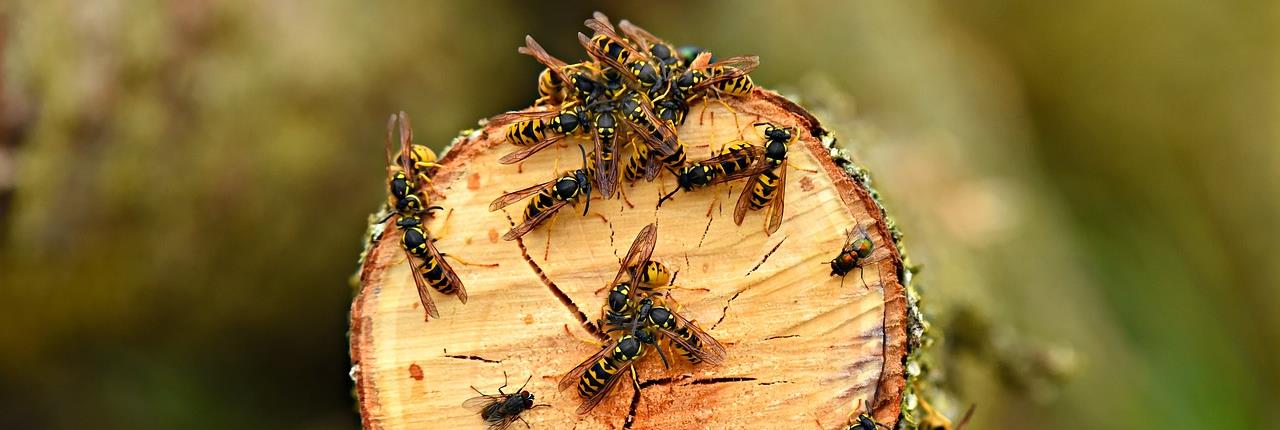Yellowjacket Life Cycle & Reproduction - Long Island, New York
In the Spring, a yellow jacket queen will build a nest, which will rapidly grow in size during the summer months, and give rise to a large number of worker wasps. By the end of the summer, the growth rate of the wasp nest slows down. Now more male wasps called drones are produced than female workers. In the fall, the nest will give rise to new queen wasps, which will mate and then hibernate. The old yellowjacket queen, drones, and worker wasps die off at the end of the season, while the new dormant fertilized queen wasps survive to repeat the cycle.
Bees vs. Wasps
It is not always easy to differentiate a wasp from a bee. In general, most but not all wasps possess a characteristic wasp waist, which is a constriction between the thorax and abdomen. Usually, bees are full-bodied and extremely hairy, while wasps tend to be slender and not as furry.
